
Editor’s Note: This story comes from Wealthramp.
The new year has arrived. As we turn the page, this is the ideal time to take a thorough look at your finances and investments, see where you are and plan where you want to be in 2023.
The economy undoubtedly took a beating in 2022, and it doesn’t look like things will be turning around quickly in the new year.
A recession may be shallow, deep, quick or slow to recover. No one can accurately predict where interest rates, the stock market, or gas prices will be six months from now. What we do know is higher inflation and interest rates will inevitably result in a slowdown in the economy.
The question is, how do you position yourself financially?
You can take steps to face the impending recession head-on and set yourself up for financial success in 2023.
Assess Where You Are

The first step in any good plan for your success is to assess where you stand right now.
Are you contributing enough to your retirement goals? Knowing interest rates have spiked, are you still able to pay down your debts and set aside money for your retirement goals?
The rising inflation of 2022 is expected to persist, maybe even into 2024, so if you don’t have a budget that’s helping you, now is the time to establish one. Think about aiming to have a savings cushion of at least six months’ worth of living expenses socked away in case of an emergency.
This is your “sleep at night” money in case a recession results in layoffs that affect your income.
Make a Plan

Higher interest rates mean you are paying more on any credit card debt. If the goal is to live debt-free, you need a plan to pay down your current debt and avoid accumulating any more credit card debt.
There are different payment strategies that really work to help you whittle down your debt faster.
Consider organizing your bills so that you pay more toward debts or loans with the smallest balances first. It’s called the “snowball” method, and it works because it feels good when you can see your balances getting paid off in full. That momentum can encourage you to continue paying off balances.
With interest rates on the rise, another smart strategy is to attack the debts that carry the highest interest by putting extra money toward those most expensive debts.
Credit card interest is currently costing consumers more than 16% a year. That can add up to thousands of dollars over the life of your debts.
Several budgeting apps like You Need A Budget can show you how to become debt-free faster by making a budget that works for you.
Cash In on Higher Interest Rates
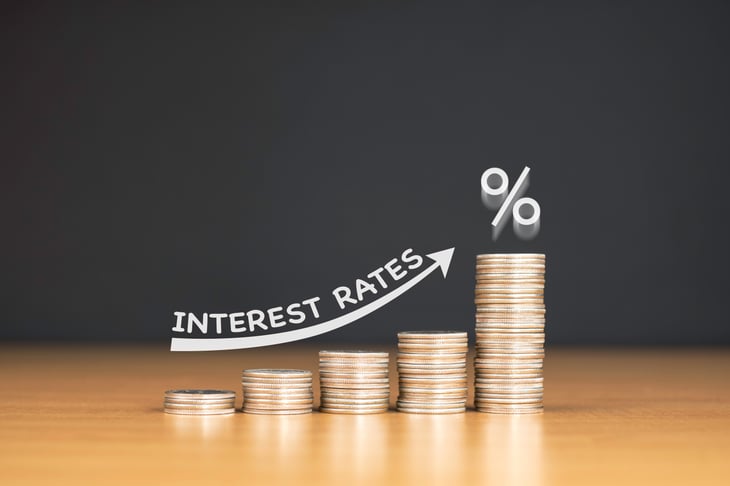
What are you doing with your cash?
It’s wise to save money, but it’s even smarter to put your cash to work so it’s earning more for you. One of the benefits of the higher interest rates is that the yields on interest-bearing accounts are also up.
Some high-yield savings and money market accounts can earn 2% or more per year and also give you the ability to write checks. Online-only banks pay the highest interest on money market accounts and CDs, so you can now expect your money can earn upwards of 4%-5% without putting your money at risk.
Look for banks with the FDIC insurance guarantee or federally insured credit unions protected by NCUA.
Tweak Your Investment Portfolio
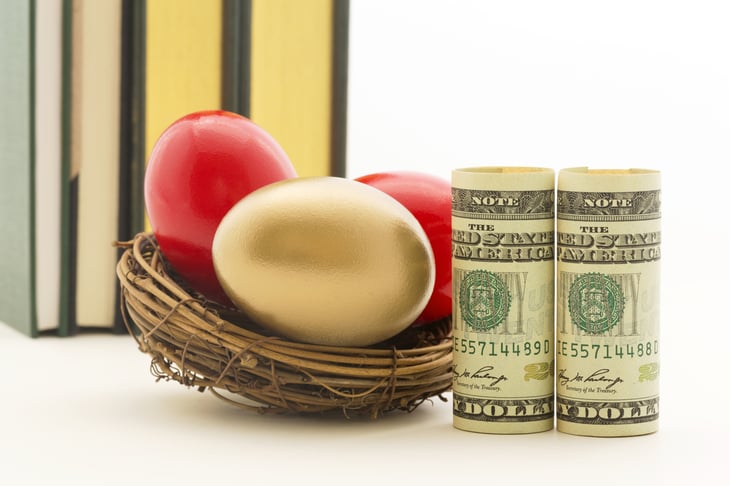
Looking at your investments right now could be a bit unsettling, but it is also a good time to consider making adjustments to your portfolio.
Although you may be thinking about pulling your money out of the stock market, doing so would be the wrong move. Believe it or not, now is a good time to maximize your contribution.
With the downturn in the market, you can scoop up shares at bargain basement deals. And those assets may bring better returns when the market turns around.
Our Wealthramp advisers are tilting portfolios toward high-quality stocks in companies that are consistently profitable, many of which are paying solid dividends despite what is happening in the economy.
Consider Opening or Converting to a Roth IRA
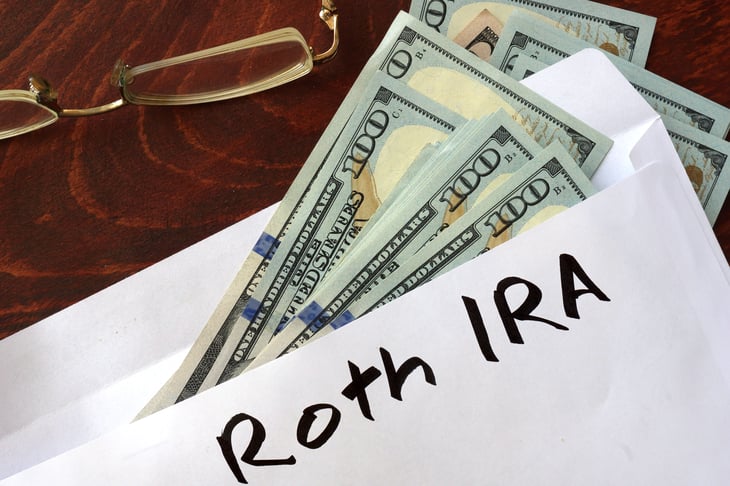
The threshold amount you contribute to a Roth IRA is increasing considerably in 2023. Since 2019, the annual limit you can contribute has been $6,000.
For 2023, that limit has increased by 8.33% to $6,500 for adults under 50. If you’re 50 or older, the contribution limit increased to $7,500, which is $500 more than in 2022.
High-income earners who don’t qualify to make direct contributions to a Roth IRA can convert a traditional IRA into a Roth to access their funds without the penalties of traditional IRA accounts.
However, Roth conversions, also called backdoor Roths, may one day become a thing of the past. Some lawmakers in Washington, D.C., want to eliminate the backdoor Roth IRA strategy completely.
Roth conversions are still allowed in 2023, so take advantage of them. You may not be able to in the future.
Take Advantage of an HSA Account
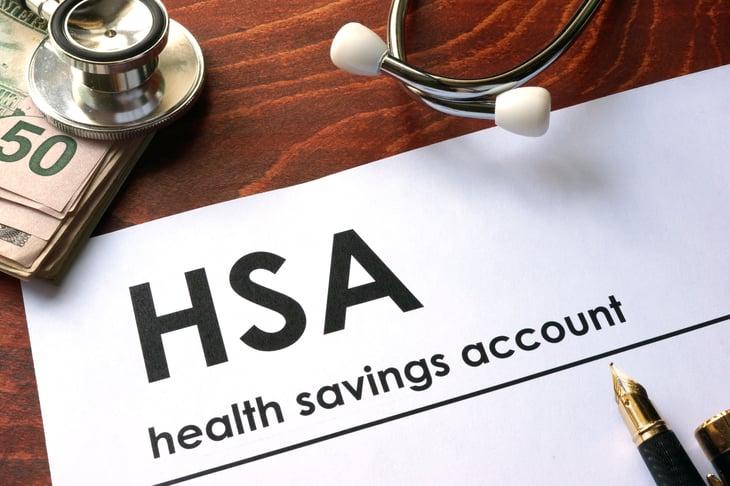
Health savings accounts are essentially IRA accounts for your health care and medical expenses, and they are considered one of the smartest (tax-advantaged) ways to save for those out-of-pocket expenses.
The contribution limit on health savings accounts (HSA) also increased for 2023. Under the new limits, you can contribute up to $3,850 for single coverage or up to $7,750 for families.
If you have the option of getting an HSA, it is a good idea to open one.
An HSA enables you to set aside part of your income, tax-free, to pay for medical expenses. To qualify for an HSA, your medical insurance coverage must be a high-deductible health plan with a limit on expenses you pay out of pocket.
The deductible threshold amounts and out-of-pocket expense limits also have increased for 2023.
Minimum Deductibles: 2022 vs. 2023
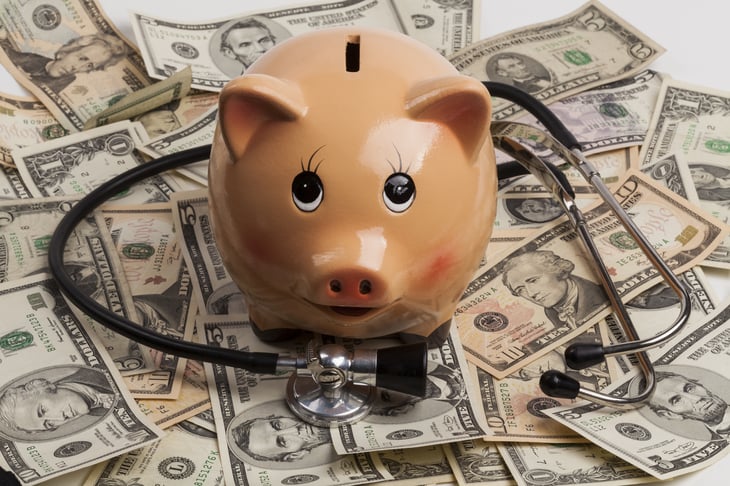
- 2022 single coverage: $1,400
- 2023 single coverage: $1,500
- 2022 family coverage: $2,800
- 2023 family coverage: $3,000
Out-of-Pocket Expenses: 2022 vs. 2023

- 2022 single coverage: $7,050
- 2023 single coverage: $7,500
- 2022 family coverage: $14,100
- 2023 family coverage: $15,000
Why HSA Over FSA

Unlike a flexible spending account (FSA), the money you save in an HSA doesn’t have to be spent by the end of the year.
You can continue to accumulate funds in your HSA account year after year. You can also invest your HSA dollars to grow your money over time.
Here’s the best part: After you turn 65, you may even use your HSA funds for non-medical purposes.
Bottom Line

A lot of changes have come for 2023 that you can take advantage of to put you in a better financial position for your future.
This is the perfect time to assess where you are and make a strategy for a profitable new year.
